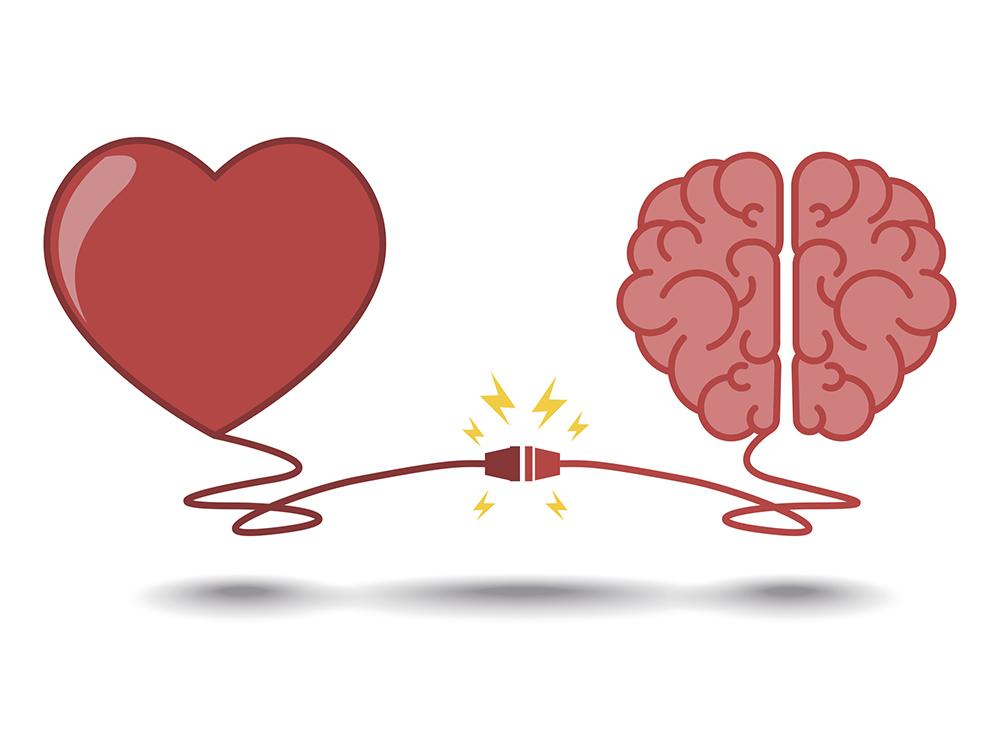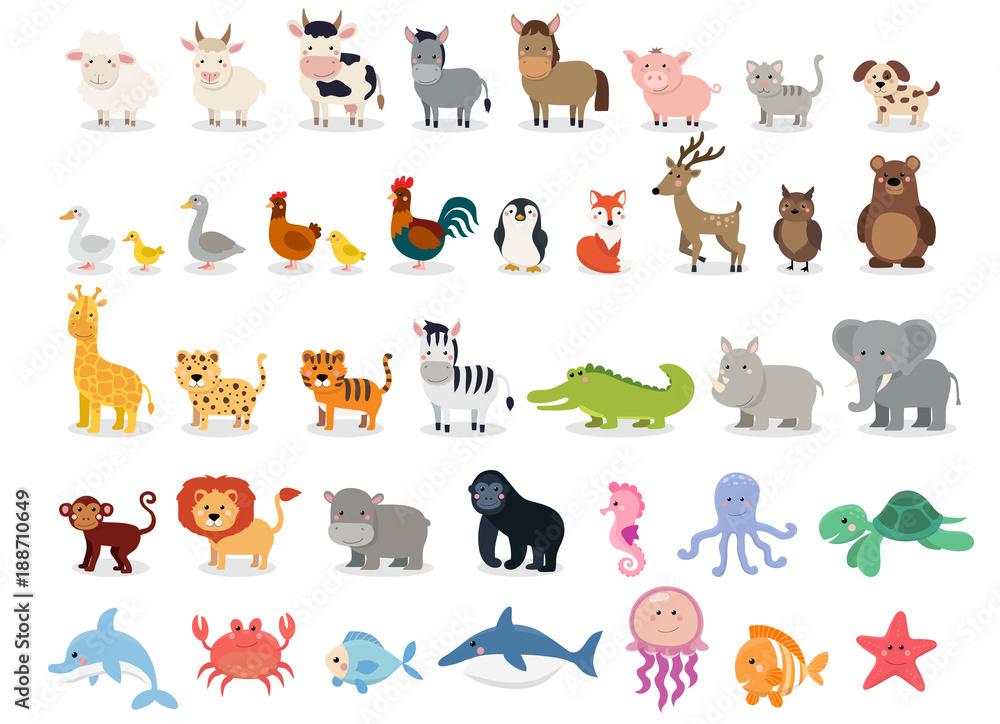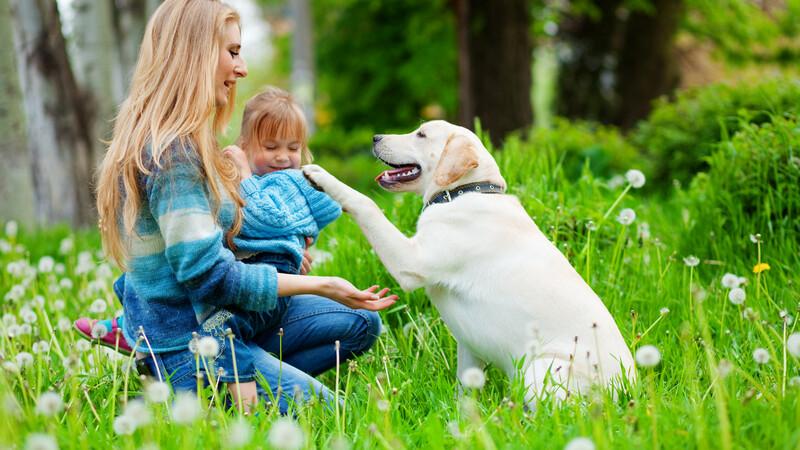In a world bustling with the relentless pace of modern life, a quieter narrative unfolds—one that whispers through the rustling leaves of a forest, echoes in the playful bark of a dog, and resonates within the gentle gaze of a cat perched on a windowsill. The connection between humans and animals is a profound tapestry, woven from threads of companionship, understanding, and mutual respect. This intricate bond transcends language and culture, calling to mind ancient partnerships of hunters and their loyal dogs, and speaks to the heart of our shared existence on this planet. As we embark on a journey to explore these connections, we will delve into the emotional, psychological, and even spiritual dimensions that define our relationships with the animal kingdom. From the sedate comfort of a pet curling in a lap to the awe-inspiring sight of a wild creature in its natural habitat, our interactions with animals reveal not just the essence of their nature, but also illuminate fundamental truths about our own. Join us as we uncover the layers of this intricate bond, exploring how it shapes our lives and our understanding of both ourselves and the world around us.
Table of Contents
- Understanding the Emotional Connections That Shape Our Relationships with Animals
- Examining the Role of Animals in Human Well-Being and Mental Health
- Exploring Cultural Perspectives on Human-Animal Interactions
- Promoting Compassionate Practices for Coexisting with Animal Life
- Wrapping Up
Understanding the Emotional Connections That Shape Our Relationships with Animals

The connections we forge with animals often transcend mere companionship; they delve into the realm of profound emotional bonds that shape our psyche and behavior. These relationships are intricately woven into the fabric of our lives, influencing our well-being and offering us a sense of purpose. The following attributes underscore the depth of our connections with animals:
- Empathy and Understanding: We can instinctively sense the emotions of animals, creating an unspoken bond built on mutual understanding.
- Shared Experiences: Engaging in activities like walking a dog or playing with a cat establishes shared moments that strengthen our emotional ties.
- Comfort and Support: Animals often provide solace in times of distress, acting as unwavering companions during life’s challenges.
- Unconditional Love: The affection that animals exhibit is often free of judgment, enriching our lives with pure emotional fulfillment.
Moreover, the influence of early interactions with animals can leave a lasting imprint on our emotional landscape. For many, pets are not just animals; they represent vital aspects of family dynamics and personal histories. Understanding these formative experiences can reveal the complexities of our attachment to various species. Consider the following table that summarizes the potential impacts of animal companionship on human emotions:
| Impact | Description |
|---|---|
| Increased Happiness | Companionship with pets can elevate mood and overall satisfaction. |
| Reduced Stress | Interacting with animals has been shown to lower cortisol levels. |
| Enhanced Social Skills | Relationships with animals can foster better communication and trust in human interactions. |
Examining the Role of Animals in Human Well-Being and Mental Health

The relationship between humans and animals is a profound one, often serving as a source of strength and comfort for many individuals. Research indicates that the presence of animals can lead to significant improvements in psychological well-being and overall mental health. Engaging with pets or observing wildlife can trigger physiological responses within humans, such as reduced levels of cortisol (the stress hormone) and increased production of oxytocin, a hormone associated with bonding. The act of petting a dog or cuddling a cat not only fosters a sense of connection but also promotes relaxation and decreases feelings of loneliness.
Moreover, animals play an essential role in therapeutic settings, enhancing emotional healing and recovery for numerous individuals. Programs that incorporate animal-assisted therapy show promising results for people dealing with stress, anxiety, and depression. The unconditional support offered by animals can help to reduce social isolation and encourage interaction among individuals, creating a supportive environment that bolsters mental health. Below is a simple overview of the benefits of animal companionship:
| Benefit | Description |
|---|---|
| Stress Reduction | Interacting with animals lowers stress levels and promotes calmness. |
| Increased Social Interaction | Pets can serve as social catalysts, encouraging connections among peers. |
| Emotional Support | Animals offer unwavering companionship, reducing feelings of loneliness. |
Exploring Cultural Perspectives on Human-Animal Interactions
Across the globe, the relationship between humans and animals varies immensely, influenced by cultural narratives, historical contexts, and environmental factors. In many indigenous cultures, animals are not merely pets or livestock; they are seen as spiritual beings that contribute to the fabric of life. For instance, the Inuit view the Arctic fox and the caribou as vital companions in survival, believing that these animals possess their own wisdom and agency. Meanwhile, in Buddhist cultures, compassion toward all living beings is paramount, leading to beliefs in reincarnation that intertwine human existence with that of animals. These connections reflect a broader understanding that transcends conventional pet ownership and touches on ethical considerations surrounding animal treatment.
The impact of globalization has further complicated these relationships, creating a tapestry of interactions that can both enrich and challenge traditional views. In urban settings, the presence of stray animals brings about differing perspectives on care and management. City dwellers may advocate for humane treatment of strays, often driven by animal welfare movements. Conversely, in rural communities, livestock are generally viewed through the lens of productivity and subsistence, raising questions about the role of animals in an increasingly industrialized world. To navigate these complexities, it is essential to consider various cultural beliefs regarding ownership, respect, and coexistence, ultimately shaping our collective understanding of the intrinsic bonds between humans and animals.
Promoting Compassionate Practices for Coexisting with Animal Life
In our daily lives, the intricate bonds we share with animals often go unnoticed, yet they play a crucial role in shaping our environment and emotional well-being. Embracing compassionate practices is essential for creating a harmonious coexistence between humans and the rich tapestry of animal life that surrounds us. Here are some ways to promote a compassionate approach:
- Educate Yourself and Others: Understanding the needs and behaviors of various animal species fosters empathy and respect.
- Adopt Sustainable Practices: Supporting eco-friendly initiatives can help protect habitats, ensuring that both wildlife and human communities thrive.
- Promote Animal Welfare: Volunteering at shelters or supporting local advocacy groups can significantly benefit animal lives.
Moreover, fostering awareness about the ethical treatment of animals encourages a shift in societal attitudes. Simple actions can make a significant difference, creating an environment where both humans and animals can flourish. Consider the following approaches to build a more compassionate society:
| Action | Impact |
|---|---|
| Plant a Garden | Creates a habitat for local fauna. |
| Support Cruelty-Free Brands | Promotes ethical treatment in industry. |
| Practice Responsible Pet Ownership | Reduces the number of abandoned animals. |
Wrapping Up
As we conclude our exploration of the intricate bonds between humans and animals, it becomes clear that this relationship is woven into the very fabric of our existence. From the playful antics of a puppy to the tranquil companionship of a cat, these connections speak to our shared experiences and emotional landscapes. Animals awaken in us feelings of joy, comfort, and even grief, reminding us of our capacity for empathy and understanding.
Throughout history, these bonds have not only shaped cultural narratives and traditions but have also influenced our well-being and mental health in profound ways. Whether through the loyalty of a loyal dog, the soothing presence of a horse, or the playful curiosity of a parrot, each interaction reinforces our shared journey on this planet. It prompts us to reflect on our responsibilities toward these beings, who, in their own unique ways, offer us companionship, joy, and lessons in unconditional love.
As we move forward, let us nurture these relationships with respect and care, recognizing the beauty in our shared lives. May we continue to learn from one another, forging deeper connections that elevate our understanding of nature and our place within it. In celebrating the bonds we share with animals, we honor not only their existence but also the rich tapestry of life that weaves us all together.



